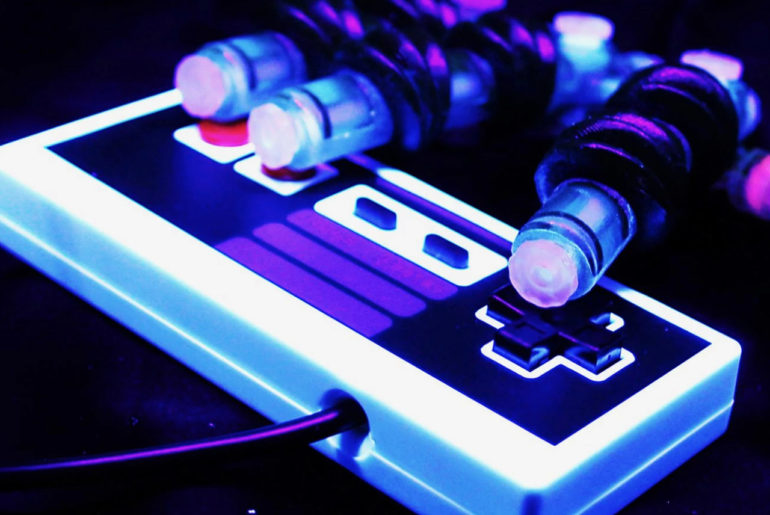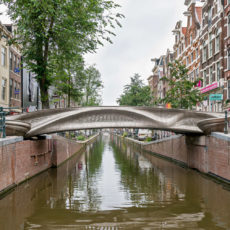
The problem with aimbots is that they can easily be detected, but University of Maryland engineers may have come up with a solution in the form of a 3D-printed soft robotic hand. That’s right, they came up with flexible, inflatable robots that are powered by water or air rather than electricity. An integrated fluidic circuit was then installed to allow the hand to operate in response to the strength of a single control pressure.
By simply applying a low pressure, just the first finger is used to press the Nintendo controller to make Mario walk, while a high pressure led to the character jumping. A set program was then used to autonomously switched between off, low, medium, and high pressures, enabling the robotic hand to successfully press the buttons in order to complete the first level of Super Mario Bros. in less than 90-seconds.
- The console is also decorated with images of recognizable characters: Tom Nook and Nooklings Timmy and Tommy
- Includes a Switch console, Switch dock, Joy-Con (L) and Joy-Con (R), and two Joy-Con strap accessories
- Game not included
Previously, each finger of a soft robotic hand would typically need its own control line, which can limit portability and usefulness. But by 3D printing the soft robotic hand with our integrated ‘fluidic transistors’, it can play Nintendo based on just one pressure input,” said Joshua Hubbard, co-first author, who performed the research during his time as an undergraduate researcher in Sochol’s Bioinspired Advanced Manufacturing (BAM) Laboratory at UMD.




